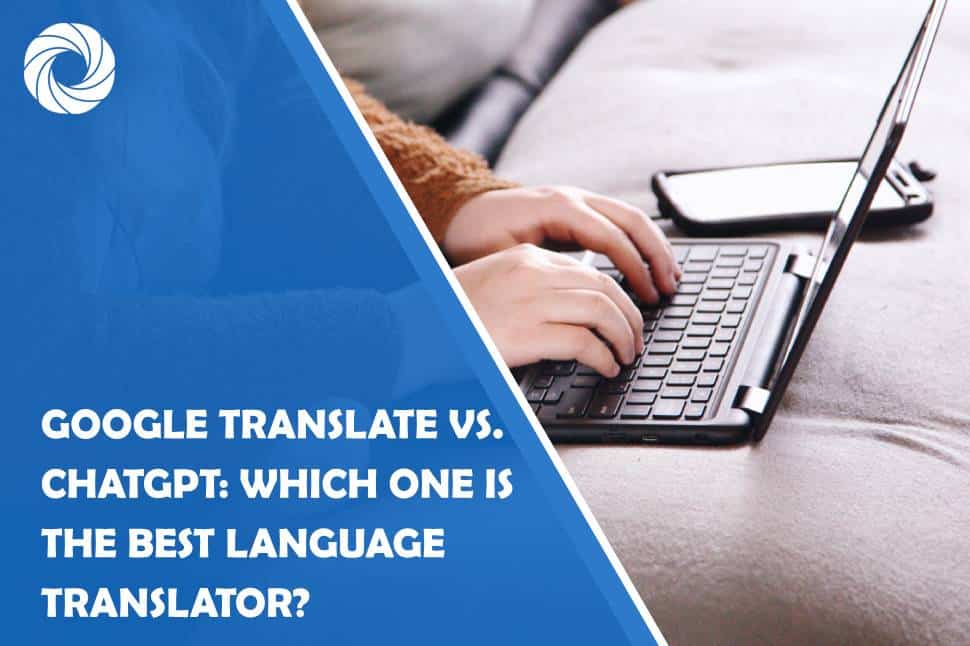In an increasingly interconnected world, language translation tools play a crucial role in facilitating communication across linguistic barriers. Google Translate and ChatGPT are two prominent examples of such tools, each offering unique features and capabilities. In this article, we'll compare Google Translate and ChatGPT to determine which one is the best language translator for various use cases.
Google Translate is a widely used language translation tool developed by Google, offering translation services for text, websites, documents, and more. It utilizes machine learning algorithms and large datasets to provide translations between over 100 languages.
Pros of Google Translate:
1. Extensive Language Support: Google Translate supports a vast number of languages, making it a versatile tool for users around the globe.
2. User-Friendly Interface: Google Translate features a simple and intuitive interface, allowing users to quickly enter text, select languages, and obtain translations with ease.
3. Instant Translation: Google Translate provides real-time translation capabilities, allowing users to receive instant translations as they type or speak.
Cons of Google Translate
1. Accuracy Issues: While Google Translate generally provides decent translations for basic phrases and sentences, it may struggle with context-dependent or complex language structures, leading to inaccuracies in translation.
2. Limited Context Understanding: Google Translate lacks the ability to fully understand context, nuances, and idiomatic expressions, which can result in translations that may not fully convey the intended meaning.
ChatGPT
ChatGPT, powered by OpenAI's GPT (Generative Pre-trained Transformer) technology, is an AI-based language model capable of generating human-like text based on the input provided by users. While ChatGPT is primarily designed for conversational purposes, it can also be used as a language translation tool by inputting text in one language and requesting a translation in another.
Pros of ChatGPT:
1. Contextual Understanding: ChatGPT has a better understanding of context, context, and language nuances compared to traditional translation tools like Google Translate. This allows it to provide more accurate and contextually appropriate translations in many cases.
2. Natural Language Generation: ChatGPT generates text that closely mimics human language, resulting in translations that are more fluent, natural-sounding, and cohesive compared to machine-generated translations.
3. Adaptability: ChatGPT can adapt to different writing styles, tones, and contexts, allowing it to provide translations tailored to the specific needs and preferences of users.
Cons of ChatGPT:
1. Limited Language Support: While ChatGPT is proficient in English and can generate text in multiple languages, its translation capabilities may not be as extensive or accurate as dedicated translation tools like Google Translate, especially for less commonly spoken languages.
2. Resource Intensive: ChatGPT requires significant computational resources to operate, making it less accessible for casual users compared to web-based translation tools like Google Translate.
Which One Is the Best Language Translator?
The choice between Google Translate and ChatGPT ultimately depends on the specific requirements and preferences of users:
– For Basic Translation Needs: Google Translate may be the preferred choice due to its extensive language support, user-friendly interface, and real-time translation capabilities. It is suitable for quickly translating simple phrases, sentences, or web content.
– For Context-Dependent Translations: ChatGPT shines when it comes to understanding context, nuances, and idiomatic expressions, making it a better choice for translating complex or context-dependent text where accuracy and fluency are paramount.
– For Conversational Translation: ChatGPT excels at generating natural-sounding text in conversational settings, making it ideal for translating dialogue, chat messages, or informal communication.
In conclusion, both Google Translate and ChatGPT offer unique strengths and capabilities in the realm of language translation. While Google Translate is a versatile tool with extensive language support and real-time translation features, ChatGPT provides more accurate and contextually appropriate translations, especially for complex or nuanced text. Depending on the specific use case and requirements, users can choose the language translator that best suits their needs.
